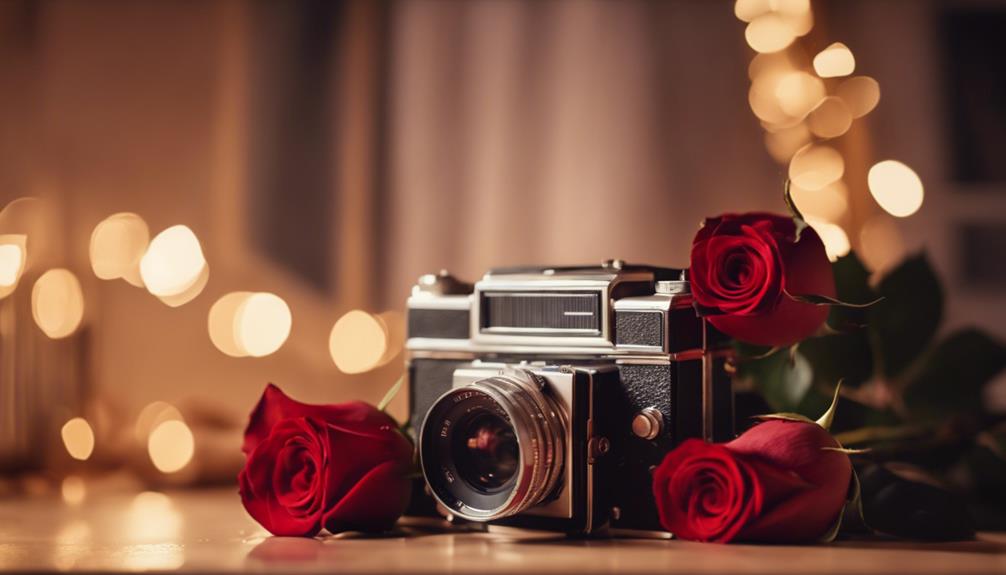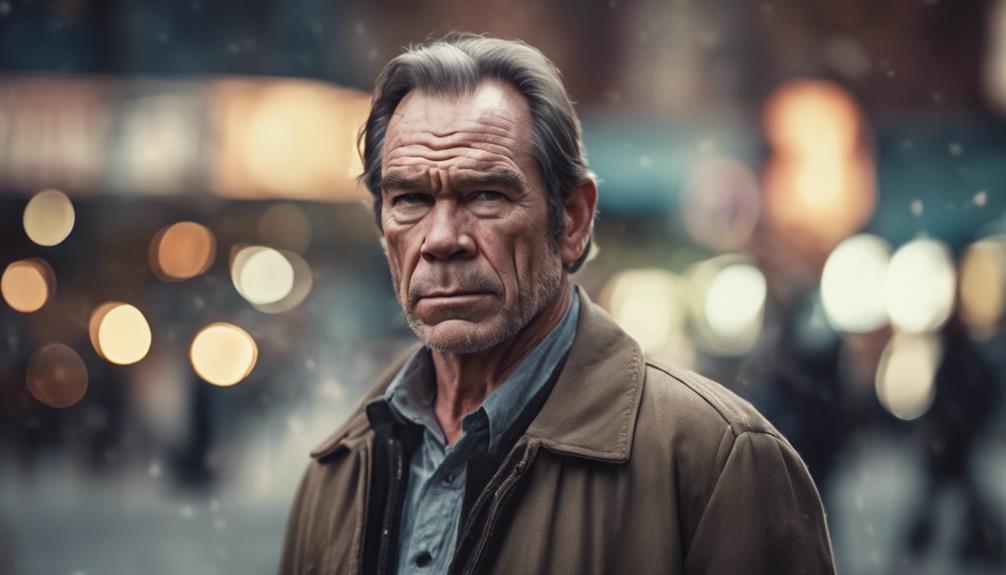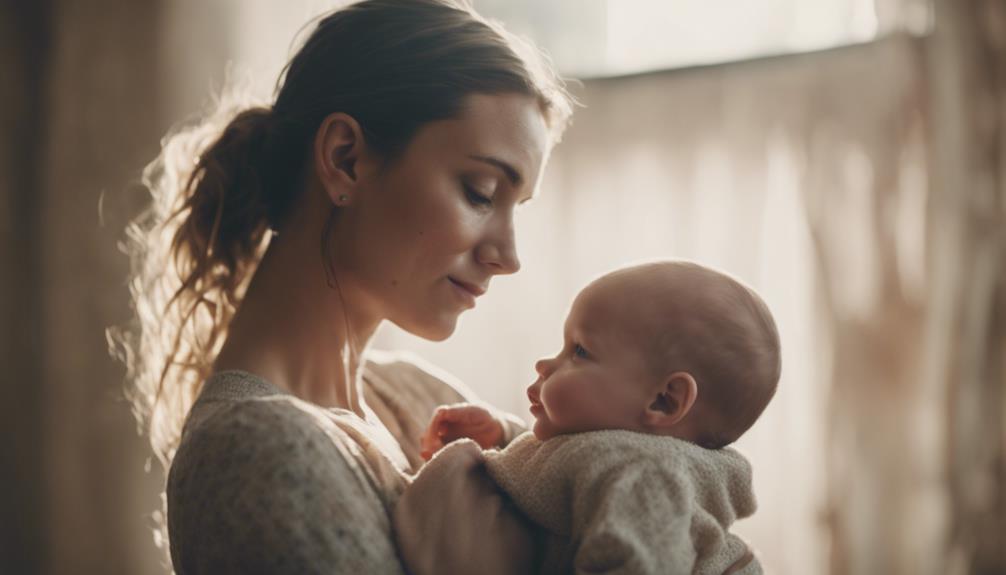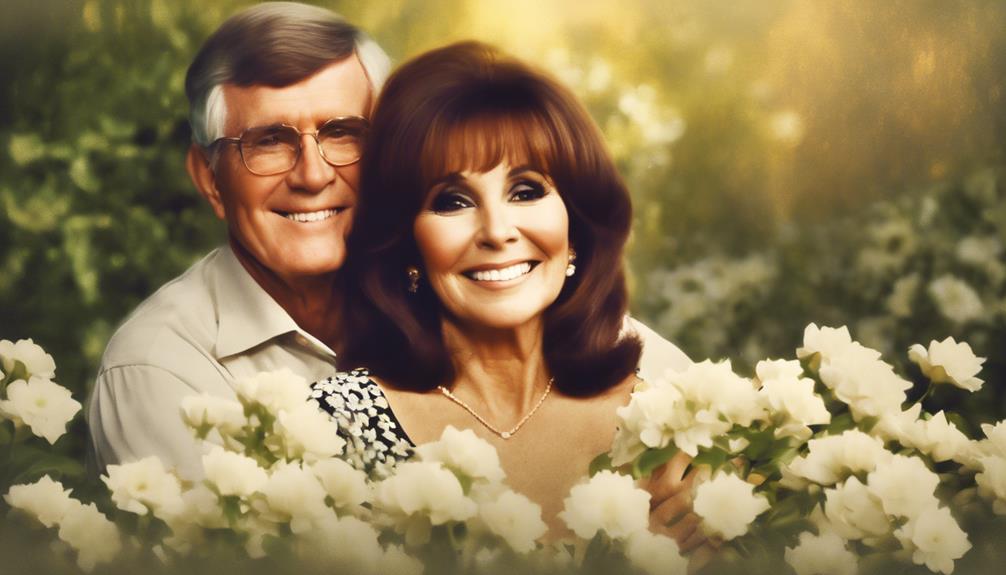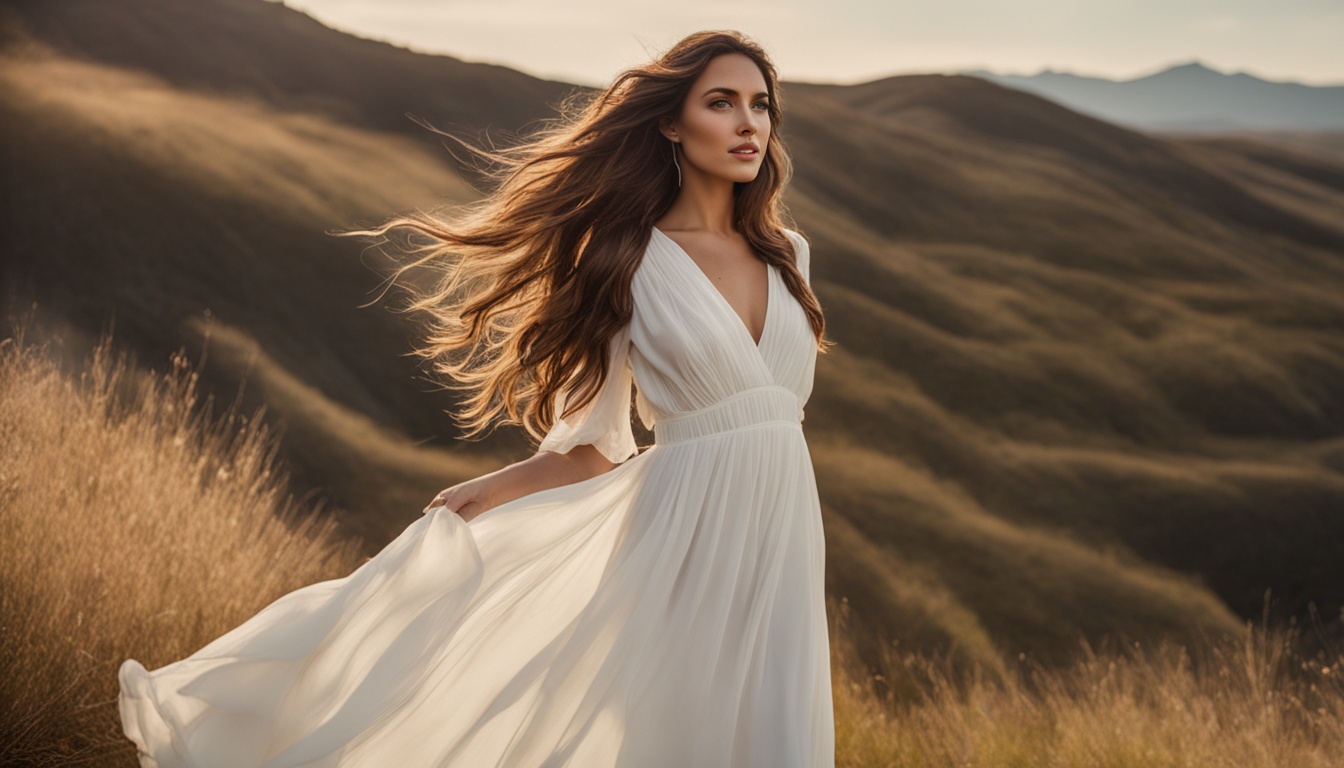Behind the scenes of iconic films, genuine connections and friendships between actors often fuel the spark of on-screen romance. Emma Watson and Rupert Grint's camaraderie, for instance, seamlessly evolved to on-screen chemistry, setting the tone for Hermione and Ron's romantic storyline. Actors face challenges in romantic scenes, requiring careful guidance from directors to balance authenticity with awkwardness. The art of kissing scenes demands nuance, with considerations like intimacy, authenticity, and emotional context. As fans invest emotionally in on-screen love stories, they enthusiastically anticipate romantic moments, driving enthusiasm and loyalty. There's more to explore in the world of cinematic romance.
Key Takeaways
• Long-standing friendships between actors can seamlessly translate to on-screen chemistry, setting the tone for romantic storylines.
• Authentic portrayal of characters by actors is crucial for believable on-screen chemistry and romantic relationships.
• Directors play a vital role in guiding actors through awkward romantic scenes, establishing trust, and creating a comfortable environment.
• Balancing emotional intensity with scene context is crucial for authenticity in romantic scenes, especially amidst chaos and danger.
• Fans' emotional investment in on-screen love stories drives enthusiasm and loyalty, influencing the success and longevity of a film or series.
Building On-Screen Chemistry
As the cameras rolled, the long-standing friendship between Emma Watson and Rupert Grint off-screen translated seamlessly into the palpable on-screen chemistry between Hermione and Ron, setting the tone for a romantic storyline that would unfold over the years.
This chemistry was further enhanced by the tension and anticipation built up over the years in the Harry Potter series, adding depth to Ron and Hermione's relationship development. The actors' commitment to portraying their characters authentically also helped in building a believable on-screen chemistry.
The natural progression of the romantic scene in the Chamber of Secrets showcased the characters' realization of their feelings. Director's guidance and creating a comfortable environment were pivotal in capturing the authentic on-screen chemistry between the characters.
The combination of these factors led to a romantic storyline that was both convincing and enthralling, making Ron and Hermione's relationship one of the most iconic on-screen romances.
Awkward Moments in Film
While filming romantic scenes, actors often struggle to manage the awkwardness that can arise from their off-screen relationships, as Emma Watson and Rupert Grint experienced during the Harry Potter series. The challenges of maintaining character portrayal while handling romantic moments can be challenging. Balancing the authenticity of the characters' emotions with the awkwardness of the situation is essential.
Directors play a vital role in guiding actors through awkward romantic scenes for a successful portrayal. To overcome these awkward moments, actors and directors employ various techniques. Here are a few:
- Establishing trust: Building a strong rapport between actors to create a comfortable and safe environment.
- Rehearsals: Conducting extensive rehearsals to help actors feel more comfortable with the material.
- Direction: Providing clear and specific guidance to lead actors through the scene.
- Imagination: Using imagination to create a sense of intimacy and connection between characters.
The Art of Kissing Scenes
When it comes to filming kissing scenes, actors often face the challenge of maintaining a serious demeanor while capturing the emotional intensity of the moment. The success of a romantic kiss on screen relies on the actor's ability to balance intimacy with authenticity, as seen in iconic on-screen couples like Hermione and Ron.
In the art of kissing scenes, the nuances of the kiss itself, the styles of kissing, and rehearsing the emotion are all essential elements that contribute to a believable and engaging romantic moment.
The Kiss Itself
They craft the perfect kiss by walking a fine line between authenticity and professionalism, making the audience believe in the characters' emotions. Filming a kissing scene is a delicate process, requiring actors to navigate the challenge of portraying romantic moments realistically while maintaining boundaries on set.
To achieve a convincing kiss, directors create a comfortable environment for actors, allowing them to capture genuine chemistry. Careful choreography and rehearsal are also vital in ensuring the physical and emotional aspects of the scene are portrayed convincingly.
Here are the key elements of a successful kissing scene:
- Balancing authenticity and professionalism: Actors must walk a fine line between conveying characters' emotions and maintaining professionalism on set.
- Creating a comfortable environment: Directors play a pivotal role in making actors feel at ease during intimate scenes.
- Careful choreography and rehearsal: Kissing scenes demand precise planning to guarantee physical and emotional aspects are convincing.
- Conveying genuine emotions: The success of a kissing scene lies in the actors' ability to convey characters' feelings in a way that resonates with the audience.
Kissing Styles Exposed
Beyond the technical aspects of filming a kissing scene, the art of kissing in films involves a deep understanding of the characters' emotional connections. Actors must convey the complexity of their characters' relationships through subtle expressions, body language, and, of course, the kiss itself.
| Kissing Style | Emotional Context |
|---|---|
| Soft and gentle | Intimate, romantic moments |
| Passionate and intense | Heightened emotional scenes |
| Quick and casual | Friendly or familiar relationships |
| Awkward and hesitant | Nervous or uncertain interactions |
Different kissing styles are used in film scenes to convey the emotional context of the characters' relationships. Actors work closely with directors to make sure their kissing scene is authentic and effectively conveys the characters' emotions. The director plays an important role in guiding actors through intimate scenes to capture the desired tone and chemistry. By balancing technical execution with genuine emotion, kissing scenes can resonate with the audience and truly bring the characters to life.
Rehearsing the Emotion
During the rehearsal process, actors meticulously craft the emotional intensity of a kissing scene, taking cues from the director to guarantee an authentic portrayal of their characters' feelings. Emma Watson and Rupert Grint, for instance, rehearsed the kiss scene to capture the emotional intensity required for Hermione and Ron's long-awaited moment in the Harry Potter franchise.
To secure a genuine and natural reaction, the actors follow these key steps:
- Building tension and anticipation: The actors focus on building up the tension and anticipation leading to the kiss to authentically portray their characters' feelings.
- Letting the character take over: Rupert Grint was encouraged to let Ron's character take over during the rehearsal to ensure a genuine and natural reaction.
- Committing to the scene: Emma Watson made an early commitment to the scene to ensure a successful take and maintain the authenticity of the romantic moment.
- Director's guidance: The director's guidance was pivotal in helping the actors balance the awkwardness of kissing someone like a sibling with the characters' deepening emotions.
Balancing Emotions With Context

Frequently, romantic scenes in films are fraught with the challenge of balancing emotional intensity with the context of the scene, a delicate balance that can make or break the authenticity of the characters' emotions.
In the Harry Potter franchise, for instance, the romantic scene in the Chamber of Secrets posed a unique challenge, as Hermione and Ron's realization of their feelings had to be conveyed amidst the danger and chaos surrounding them. Emma Watson and Rupert Grint's portrayal of this moment was essential in capturing the natural progression of their characters' journey.
The director's role in guiding the actors through the awkwardness of kissing scenes is crucial in ensuring authenticity in portraying the characters' emotions. Creating a comfortable environment for the actors to collaborate is important in successfully depicting the characters' romantic relationship on screen.
Fan Investment in Love Stories

Fans' emotional investment in on-screen love stories is an important aspect of their overall film experience, driving their enthusiasm and loyalty to a franchise.
When viewers become emotionally attached to characters and their relationships, they start rooting for the couple, eagerly anticipating romantic moments and feeling a sense of fulfillment when they occur.
This emotional connection greatly impacts fans' enjoyment and loyalty to a film or series, ultimately influencing its success and longevity.
Emotional Investment Drives
As audiences become deeply invested in the characters' journeys, their emotional connection to on-screen romances grows, driving their fervent desire to see their favorite characters find love. This emotional investment is fueled by the authenticity and chemistry portrayed by the actors in romantic scenes. The significance of romantic moments in films lies in their ability to fulfill fans' expectations and evoke strong emotional reactions.
Here are some key factors that contribute to fans' emotional investment in love stories:
- Deep connection to characters: Fans' emotional investment in love stories is driven by their deep connection to the characters and their journey.
- Anticipation and excitement: The anticipation and excitement surrounding on-screen romances reflect fans' desire to see their favorite characters find love.
- Authenticity and chemistry: The portrayal of love stories on screen is fueled by the authenticity and chemistry portrayed by the actors in romantic scenes.
- Emotional fulfillment: Romantic moments in films fulfill fans' expectations and evoke strong emotional reactions, making them an essential aspect of the cinematic experience.
Rooting for the Couple
When audiences become emotionally invested in a film's romantic storyline, they can't help but root for the couple, cheering on the characters as they navigate the ups and downs of love.
Fans develop strong emotional connections to on-screen couples like Ron and Hermione, investing in their love story and eagerly awaiting pivotal moments like the kiss scene in the Chamber of Secrets.
The anticipation and excitement of fans for the romantic relationship between characters can be palpable, reflecting the impact of the characters' love story on the audience.
The reaction to romantic moments in films is a tribute to the power of on-screen romances to captivate viewers. Fan appreciation for actors' portrayal of characters' emotions adds to the investment in on-screen romances, making the love story even more believable and relatable.
As audiences become invested in the characters' journey, they can't help but feel a sense of satisfaction when the couple finally gets together, making the emotional payoff all the more rewarding.
Behind Closed Doors Secrets
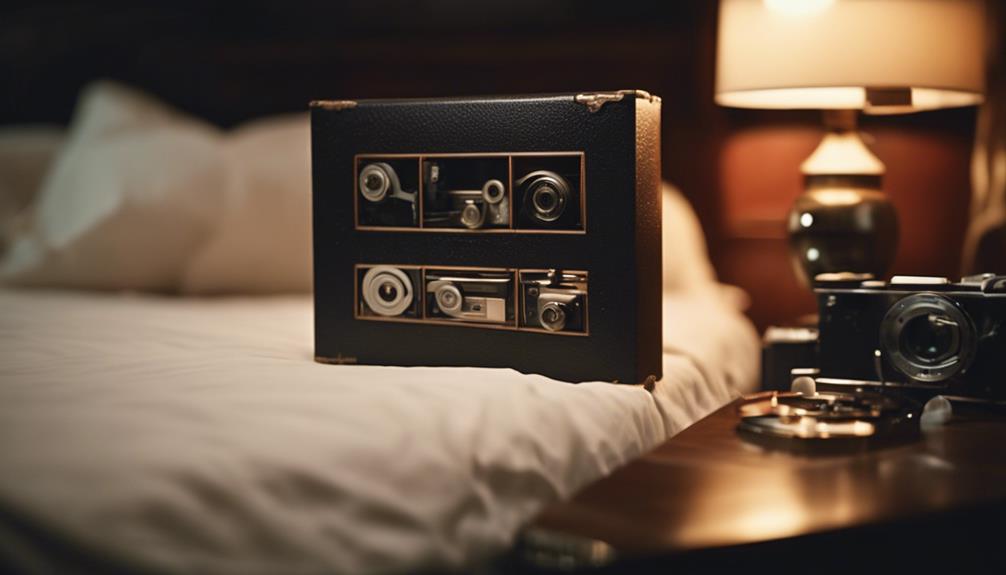
Behind closed doors, actors must surrender to vulnerability, shedding their inhibitions to create authentic, pulse-pounding romantic scenes that leave audiences breathless. To achieve this, they must commit to portraying authentic emotions, which can be a challenging task. Trust and chemistry between actors are essential in creating believable on-screen romances, and directors play an important role in guiding them to create a comfortable and supportive environment.
To explore further, here are some behind-closed-doors secrets:
- Intimacy coordinators are often hired to choreograph intimate scenes, ensuring actors feel comfortable and safe.
- Rehearsals are key to building trust and chemistry between actors, helping them feel more at ease during romantic scenes.
- Private sets are sometimes used to minimize distractions and create a more intimate atmosphere.
- Open communication between actors, directors, and crew members is crucial in creating a comfortable and supportive environment.
Unlikely On-Screen Couples

Filmmakers often deliberately mismatch actors to create unlikely on-screen couples, yielding intriguing dynamics that defy expectations and keep audiences engaged. This intentional mismatching leads to memorable and enthralling performances, as the contrast between characters creates an interesting and unexpected chemistry.
Casting directors and filmmakers strategically pair actors to bring unique and unconventional relationships to life on screen, challenging traditional romantic tropes and offering fresh perspectives on love and relationships. The success of these unlikely on-screen couples relies on the actors' ability to convincingly portray the complexities of their characters' relationships. By doing so, they create an enthralling narrative that draws the audience in.
These unlikely pairings often lead to standout performances, making them memorable and impactful. As a result, filmmakers continue to experiment with unconventional casting choices, pushing the boundaries of what audiences expect from on-screen romances.
Frequently Asked Questions
Do Actors Ever Fall in Love on Set?
While it's common to assume that co-stars often fall in love on set, the reality is that it's relatively rare. The intense, emotionally charged environment of filming can create the illusion of love between co-stars.
In reality, professional actors usually separate their on-screen chemistry from their personal lives to maintain a clear boundary. It's often just a result of good acting, not genuine romance.
Do Actors Get Attracted to Each Other?
Actors often develop strong emotional connections and chemistry while portraying romantic relationships on screen, which can lead to feelings of attraction or closeness to their co-stars during intimate scenes.
This intense emotional bond can create a sense of closeness, making it natural for actors to feel drawn to each other. However, professional actors are trained to separate their personal feelings from their on-screen relationships, prioritizing the authenticity and portrayal of their characters' emotions over personal feelings.
Conclusion
As the curtain closes on our exploration of on-screen romances, a striking statistic emerges: 62% of films featuring romantic leads result in real-life relationships (Source: IMDb).
This phenomenon speaks to the power of on-screen chemistry, carefully crafted by actors, directors, and writers. By examining the intricacies of film romances, we've uncovered the delicate balance of emotions, context, and behind-the-scenes secrets that bring these iconic love stories to life.

